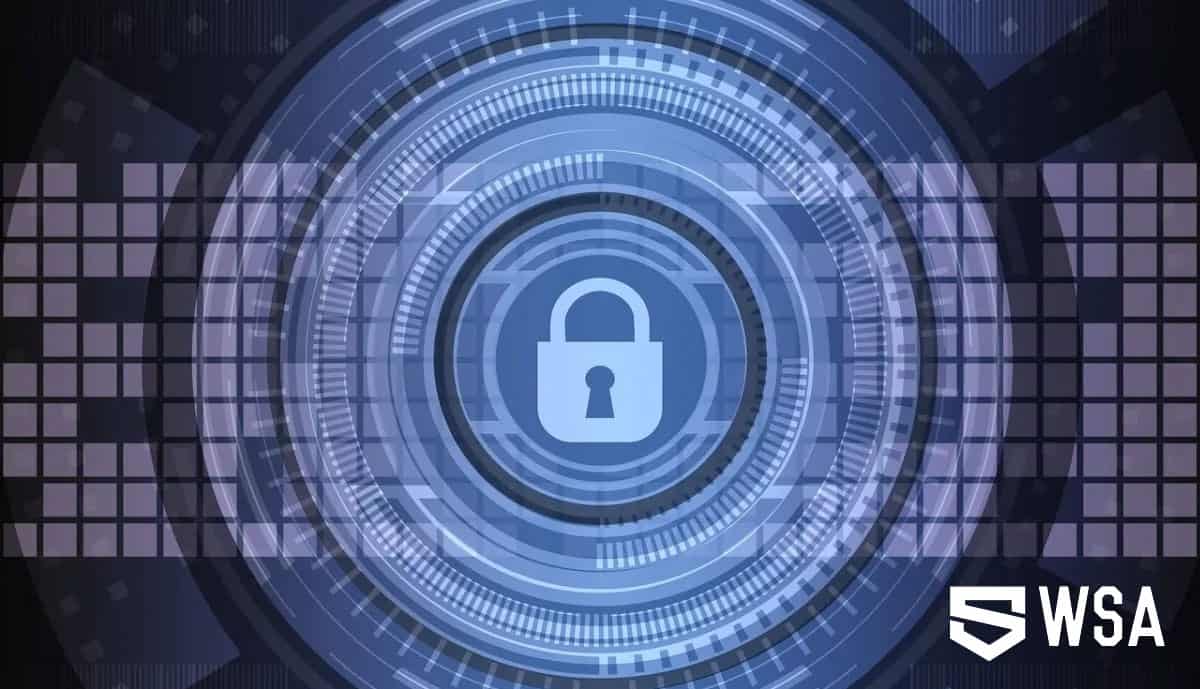
- Home
- Services
- Solutions
- Compliance
- RBI Cyber Security Framework For Banks
- SEBI Cyber Security & Cyber Resilience Framework
- UIDAI – AUA KUA Compliance Security
- RBI Guidelines for Payment Aggregators & Payment Gateways
- RBI Cyber Security Framework For Urban Cooperative Banks
- RBI Guidelines for cyber security in the NBFC Sector
- SAR Audit
- ISO27001
- PCI DSS
- GDPR
- Hipaa Audit
- SOC2 Assessment
- Resources
- Company
- Contact
Latest trends dominating the cybersecurity industry in the US
In 2018, we witnessed 1244 cyber breaches that exposed 446.52 Mn records in the United States alone. While the number of US data breaches dipped as compared to 2017, the exposure of Personal Identifiable Information increased by a whopping 126 percent.
Emerging disruptive technologies in the retail, information technology, banking, defence, and automotive sectors have offered new ways of automation and advancements and ease of working. These recent technologies have also come out as a factor in the global development of data and information threats.
As enterprise IT solutions get more sophisticated and business rethink their digital strategies form a transformation point of view, this scenario can be expected to grow on a more steep slope.
Let’s look at a few trends in the US cybersecurity space that could negate the impact of cyber attacks, or dampen them.
User-behavior analytics on IT assets
Privileged account misuse continues to be a significant source of threat for businesses. Historically, IT security has been more focused on securing IT components, data, infrastructure, IT services, networks, and so on.
However, if the user is the weak link in the IT security chain, companies need to take appropriate measures to mitigate the risks by emphasizing on access and identity management. AI-based analytics of behavioral biometrics data can help businesses automate the task of analyzing user behavior over various IT assets.
Sophisticated machine learning algorithms can then build each user’s profile and record their typical behavior. Then, any deviation in this behavior might mean a potential threat. By automating, unusual patterns will be identified sooner rather than later, and companies will make the entire security process more efficient.
Data encryption
The goal of preventing all kinds of data breaches appears too far-fetched. No matter how poised a security team, it cannot guarantee 100 percent security. Therefore, instead of asking “how can I prevent my assets from attackers”, companies need to look at what an attacker might be able to access when he is inside the system.
When a hacker penetrates the network, encrypted data can prevent them from accessing sensitive information and files. The coming years might see companies heavily investing in encryption software and solutions.
Securing the employees within the organization
Employees are the top security risks for any organization. They might click on malicious links, or bypass security controls unknowingly. Therefore, a growing trend we can get to see can be the ceasing of the us-vs-them trend between the security operations teams and the rest of the organization.
Companies might invest in increasing their employees’ awareness about the common threats that exist and how to navigate them.
Cyber hygiene
The widespread WannaCry and Petya attacks were a direct result of companies not paying enough attention to the basics of cyber hygiene. Enterprises continually find it difficult to demonstrate their control over cyber hygiene and the ability to remediate top cybersecurity risks.
The larger an organization, the harder it is to identify IT assets, update and patch software, and run standard controls while educating users.
Given that 80 percent of all cyberattacks can be prevented by addressing cyber hygiene, this might emerge as a fundamental shift in how companies perceive cybersecurity and act on it around the globe.
Strengthening security and controls on cloud services
Ransomware is very lucrative for attackers as they demand payments directly from the victims. Since this has proven to play out well for them, Ransomware attacks might not slow down in the future.
Companies might now double down on basic security arrangements such as a layered defence with firewall, filtered DNS, segmented networks, security clients, and so on. However, employee awareness and training might be the investment that brings the highest RoI for companies.
As 2018 was a record year for publicized data breaches both in terms of scope and number, companies now might focus on strengthening their security controls over cloud services and implement encryption in transit and at rest, for instance.
Improperly guarded cloud data might get under more stringent policies of access and control. Apparently, the cloud does not make security issues vanish. On the contrary, it increases the attack surface.
Securing the latest technologies
With the rise of Blockchain, Ethereum, and other crypto coins, most companies have started experimenting with Blockchain technology. However, with newer technologies such as AI, IoT, ML, and more, there come innovative opportunities for attackers to exploit areas that are not well known.
Hackers might find more opportunities for launching attacks as companies try more and more of the latest technologies in a bid to automate and transform digitally. Therefore, solutions and frameworks to guard the latest technologies will be seen on the rise.
Building the right security infrastructure
Hackers might find more opportunities for launching attacks as companies try more and more of the latest technologies in a bid to automate and transform digitally. Therefore, solutions and frameworks to guard the latest technologies will be seen on the rise.
Company-wide security policies, BYOD security, cyber insurance, and more – we expect a lot to happen in the coming years as a mitigative measure or an impact of the rising cyber-attacks around the globe.
As attacks get more frequent and grave, people and companies in the US might wake up to the need of securing their systems and take cybersecurity a little more seriously than they do currently.
WeSecureApp helps organizations across multiple industries address cybersecurity challenges and security needs. They offer services that span the entire cybersecurity industry in the US. Learn more about their offerings.









